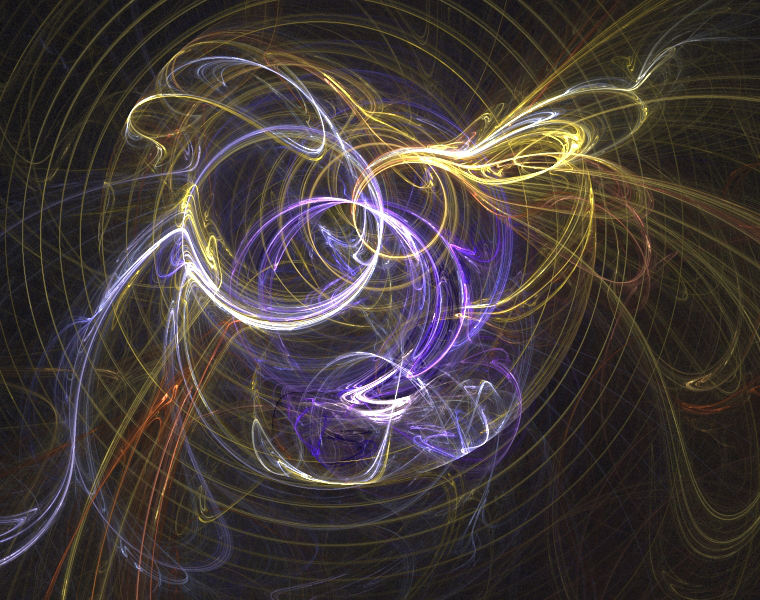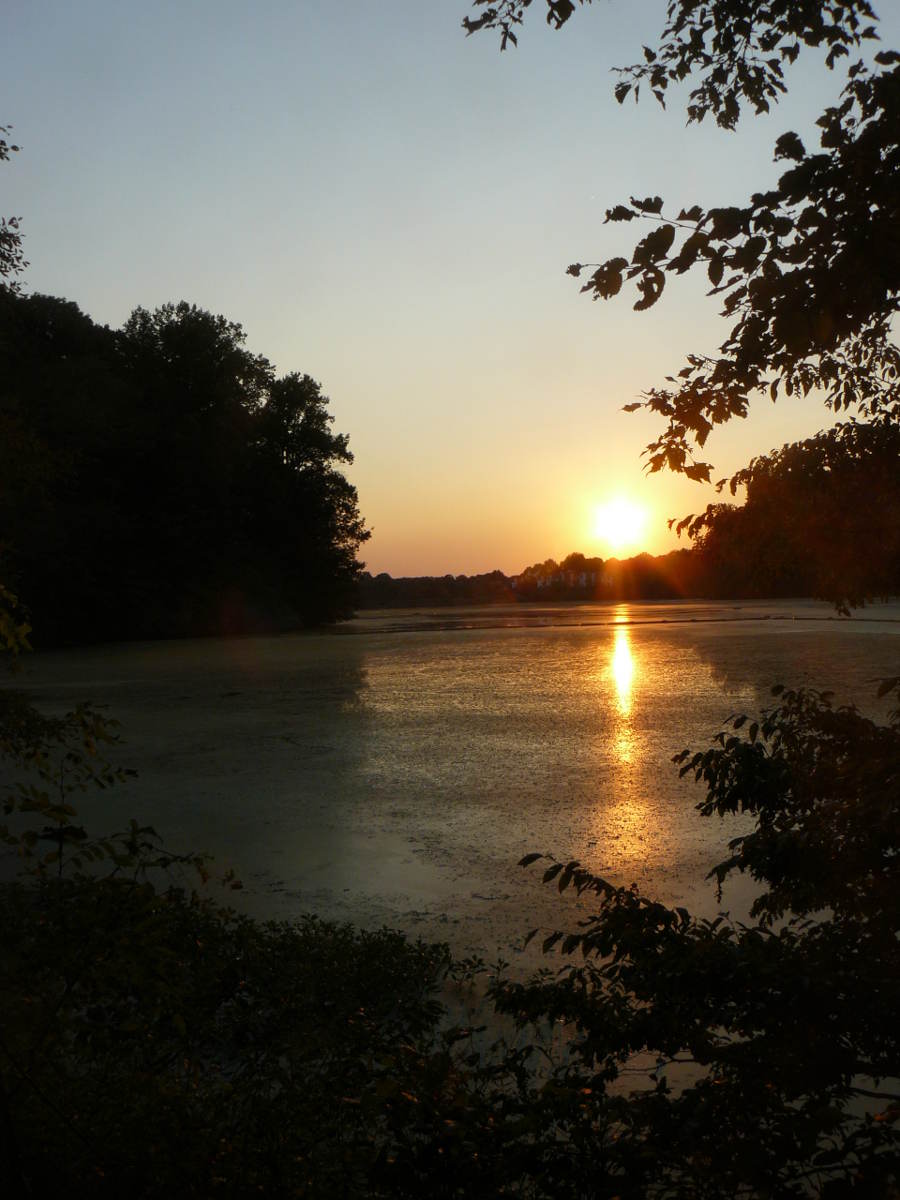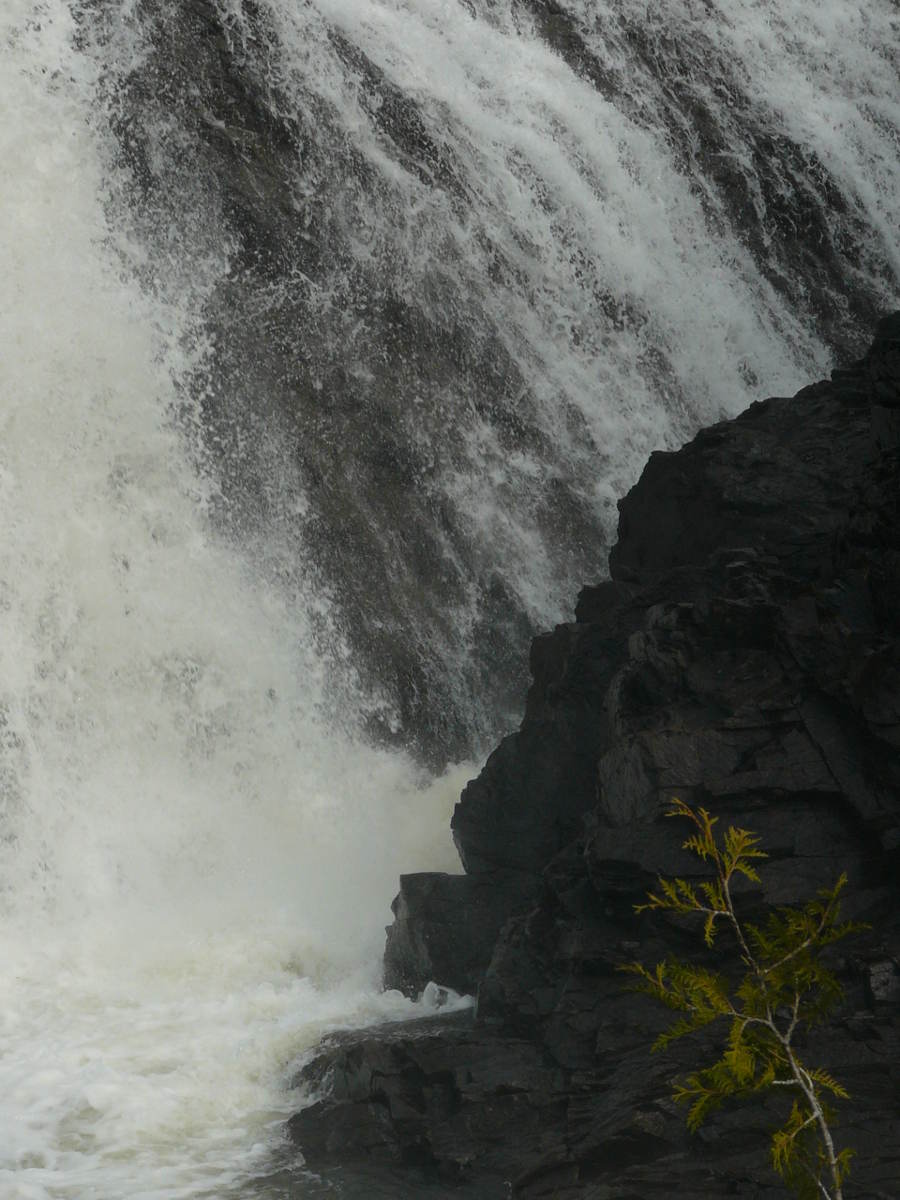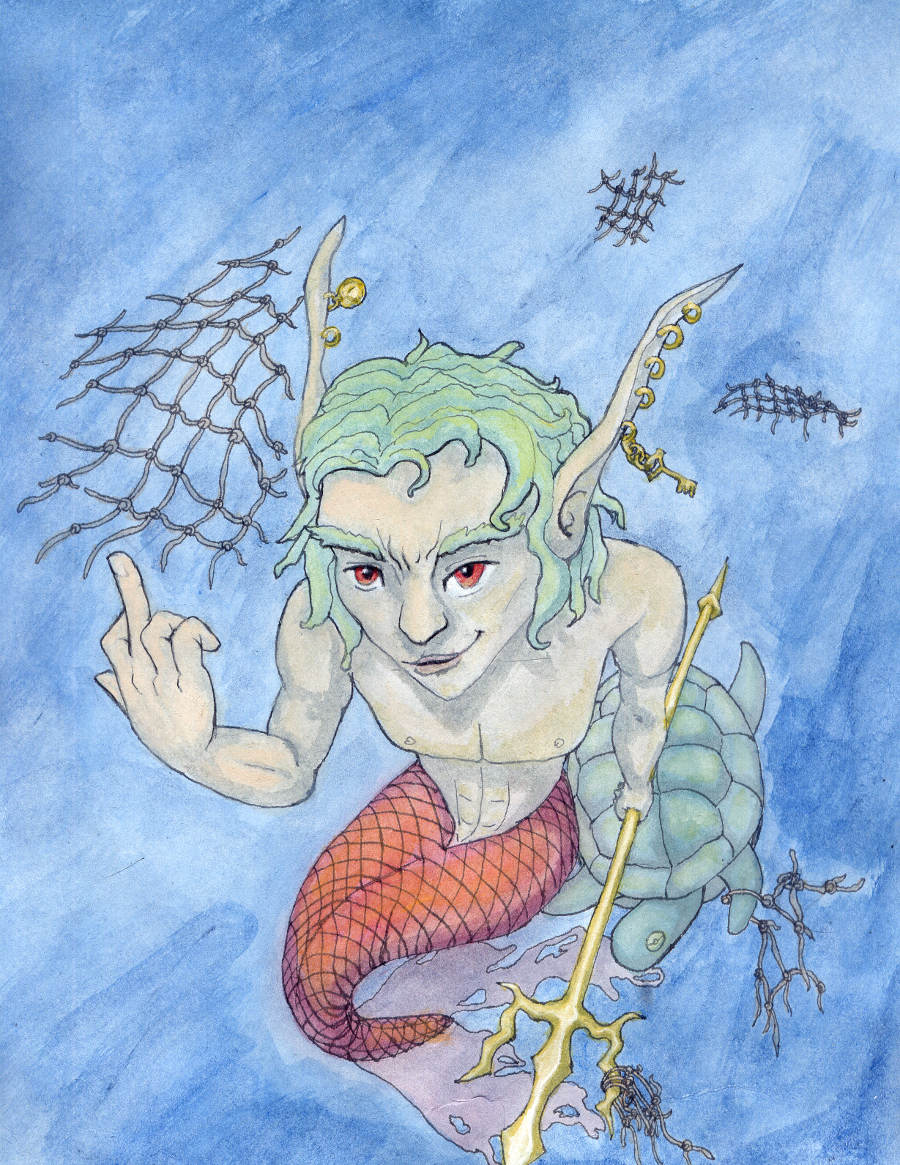 Time Drawn: Spring 2012
Time Drawn: Spring 2012
I’m writing this while on a boat far far from land. I might have seen France go by, but I could swear I haven’t left the continent of North America… (Bonus points if you can figure out where I am from that!)
So time to pull out this guy, since sea creatures are close to heart, or at least closer than land creatures.
I really am not sure where this came from. It’s certainly more rude than I usually care for. I don’t like this particular hand expression, much less ever use it myself. It was really awkward to draw, especially since I had to mold my hand into that gesture for reference. My goodness, is it painful to even get my fingers in the full position. Why do people do this again?
Swearing is really just not something I do. My parents don’t swear, nor do any of the extended family. My sister picked up the habit a bit, from friends, but I never did. The most I ever do is add “bloody” when a sentence calls for an expletive for the proper emphasis. And I’m not even using the term as the British do, as a shortening for the somewhat blasphemous God’s Blood. I just feel rather bloody-minded when I actually am in a mood to use an expletive, and it’s a bit of a warning to those listening that if they don’t pay attention, well, things might just GET bloody.
I’ve even had people comment on my lack of swearing. It’s a bit startling, since it is a lack of something, which requires people to pay more attention to its absense than I’d have thought. I know it’s quite standard in certain subcultures, to the point of being in every other sentence (or, sometimes, every other word). But it really isn’t part of mine.
This piece was one that came into being as I drew it, going logically from part to part, starting from a decision to try a rather strong bird’s eye perspective on a face. The turtle caught in the net was actually after the gesture, when I decided to add a justification for said gesture. I was mainly trying out a few new painting techniques on this that added nothing to content. Although, the soft shading that painting wet-into-wet gives does add to the piece…
…Wet-into-wet is where you lay down a color in watercolors, then, before that area dries, lay down another area of color next to it. Both are wet, and the water joins the area and blends together the colors at the edge. It produces soft, beautiful gradients, but you lose some control and it needs to be done quickly. Some papers are designed to inhibit the drying of water to make it easier to use this technique, but I’m using cheaper paper for most of my pieces and tend to prefer doing wet-into-dry anyway.
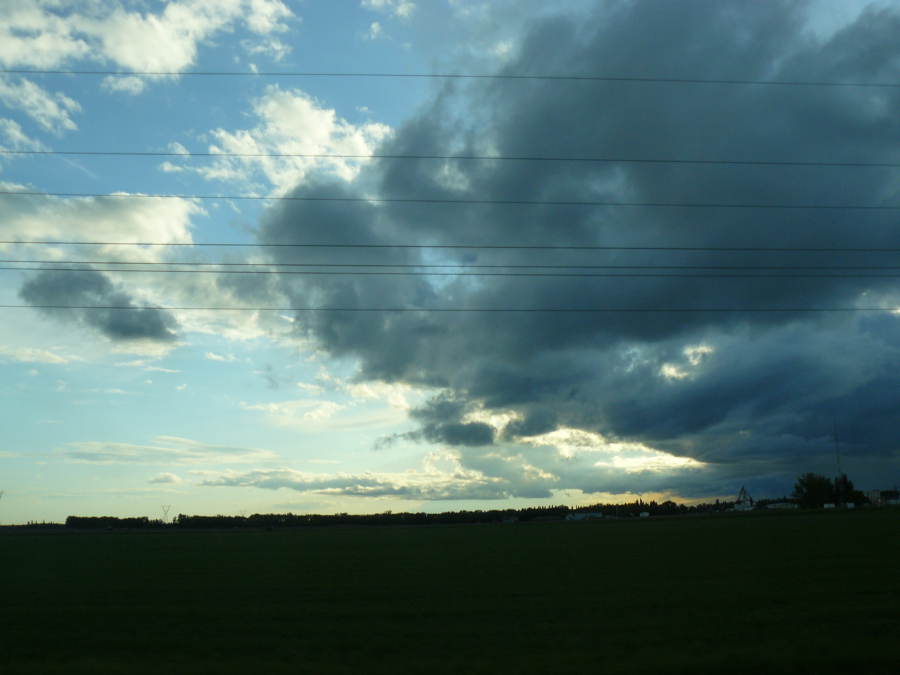 Location Taken: Somewhere in Saskatchewan, Canada
Location Taken: Somewhere in Saskatchewan, Canada
